Is Turkish Pide healthy?
Turkish Pide has become a delicious and filling meal across the globe. But is it healthy? This is a common question many people ask, and for good reason. With concerns about weight gain, heart disease, and other health issues, it’s important to know what you’re eating. The answer to whether Turkish Pide is healthy depends on a few factors. Firstly, the ingredients used can greatly affect its nutritional value. It can be a healthy option if made with whole wheat flour and topped with vegetables and lean protein.
However, if made with white flour and loaded with cheese and processed meats, it can be high in calories, saturated fat, and sodium. Additionally, portion control is important when it comes to eating Turkish Pide. It’s easy to overindulge in this tasty dish, but moderation is key. In this blog post, we will discuss whether Turkish Pide is healthy.
What is Turkish Pide?
Turkish Pide is a type of flatbread that is typically oval. It is made from wheat flour dough, which is then topped with various ingredients such as cheese, meat, and vegetables. The dough is usually brushed with olive oil or butter before it is baked in a hot oven. The result is a crispy, flavorful flatbread perfect for any occasion.
Nutritional Value of Turkish Pide
The nutritional value of Turkish Pide varies depending on the toppings used. However, the basic flatbread itself has a range of macronutrients and micronutrients. One of the most significant nutritional benefits of Turkish Pide is its high fiber content. The bread is made from whole wheat flour, an excellent dietary fiber source. Fiber is important for preserving good digestive health and can also assist in lowering cholesterol levels.
Explore: A Culinary Journey: The Best Turkish Dishes to Try in Islamabad
Turkish Pide is also a good source of protein. The bread is typically made with flour, yeast, water, and salt, which provides a decent amount of protein per serving. In order to build and mend muscles and tissues within the body, protein is an essential component.
In addition to fiber and protein, Turkish Pide contains vital vitamins and minerals such as iron, calcium, and vitamin B. These nutrients are crucial for maintaining good health and can help prevent various health conditions. Turkish Pide is a delicious and nutritious food that can be enjoyed as part of a healthy and balanced diet.
Health Benefits of Turkish Pide
Turkish Pide can be a healthy choice when consumed in moderation. It contains a range of essential nutrients for overall health and well-being. For example, the carbohydrates in Turkish Pide provide the body with energy, which is essential for physical activities.
The protein in Turkish Pide is also important for muscle growth and repair, which is especially important for athletes and active individuals. In addition, Turkish Pide can also be a good source of fiber, which is essential for digestive health. Fiber helps to regulate bowel movements, reduce inflammation, and lower the risk of chronic diseases such as heart disease, diabetes, and cancer.
Read More: A Guide to the Menu at Our Turkish Restaurant in Islamabad
Drawbacks of Turkish Pide
Despite its potential health benefits, Turkish Pide can also be unhealthy when consumed in excess. The toppings used in Turkish Pide can be high in calories, fat, and sodium. For example, cheese and meat toppings can be high in saturated fat, increasing the risk of heart disease and other chronic diseases.
The bread itself can also be high in calories and carbohydrates, contributing to weight gain and other health problems when consumed in excess. Moreover, the high sodium content in some toppings can cause water retention and increase blood pressure.
Additionally, some may find that the spices and herbs used in Turkish Pide can be overpowering or too strong for their taste buds. This is largely a matter of personal preference, but it is something to keep in mind if you do not like bold flavors. Enjoying Turkish Pide in moderation is crucial, as consuming this delectable and satisfying dish may have some potential drawbacks.
Conclusion
Turkish Pide can be a healthy choice when consumed in moderation. It contains a range of essential nutrients for overall health and well-being. However, it can also be unhealthy when consumed in excess. Therefore, it is important to enjoy Turkish Pide in moderation and choose healthier toppings such as vegetables and lean meats. Looking for the best Turkish pide then look no further than Nazarr – The Taste of Istanbul in I/8 Markaz, Islamabad.





